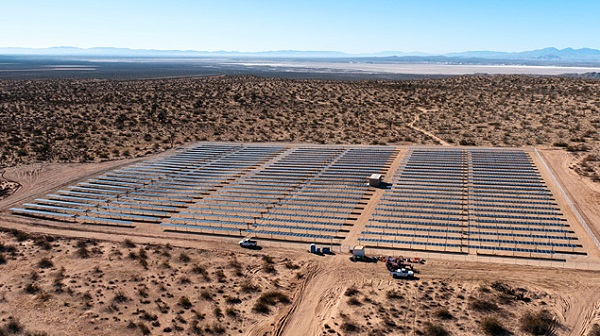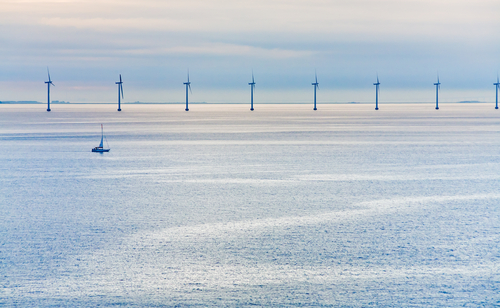Earlier this year, the U.S. Department of Defense signaled its desire to turn swaths of sun-drenched Southern California desert into solar-power producing stations. A new agreement with the Department of the Interior looks to be a step toward doing just that.
Officials said the goal is to cut the cost of power that the military’s big bases use, while also making sure supplies aren’t disrupted.

The memorandum of understanding [PDF] between Defense Secretary Leon Panetta and Interior Secretary Ken Salazar isn’t only about taking advantage of solar opportunities – it targets “significant proven or potential solar, wind, geothermal and biomass resources on or in the vicinity of DOD installations throughout the West.”
But it was solar that was the subject of a detailed DOD Office of Installations and Environment study, released in January, that concluded that 25,000 acres of military land in the California desert was “suitable” for development, and that 7,000 megawatts of solar energy capacity was technically and economically feasible.
There are regulatory complexities to these sorts of developments, however; these are lands that are part of the public domain supervised by the Department of the Interior’s Bureau of Land Management, but aren’t covered by public land laws since they serve military mission needs. If they aren’t being used for military purposes, is it still up to the DOD to decide their fate? Or should the BLM step in?
In addition to committing the departments to work together on tackling those issues, through a body called the Interagency Land Use Coordinating Committee, the agreement calls on the DOI to include potential DOD project sites in its renewable energy zones process. That’s the initiative that recently resulted in the administration designating 285,000 acres of public lands in six Western states for no-fuss, no-muss solar power permitting.
Panetta and Salazar also agreed to develop a process for doing several specific solar projects out West – at Goldwater Range East and West; Ft. Irwin Front Gate, Red Pass Lake and Goldstone; and the Yuma Proving Ground.
In the agreement, the Defense Department, whose green push has come under attack from Capitol Hill Republicans, maintains it wants to develop renewable energy resources to cut costs and boost security. “Electrical power produced from these resources, when combined with advanced microgrid and storage technologies, could support DOD needs for energy security and reduce the cost of energy,” the agreement states.
The Defense Department says it now spends about $4 billion a year to power its installations. To trim that bill, each of the military services is aiming to deploy 1 gigawatt of renewable energy on or near its bases by 2025.
The MOU says renewable energy from projects could go to single military bases or a network of installations – or in the case of larger projects, “could involve the sale of excess power to the grid.”

The wind component of the agreement seems to be less about producing power for the Defense Department and more about making sure the administration’s push to develop offshore wind power doesn’t get hung up by the military. In the past, the military has expressed concern about offshore wind development interfering with sea and air training space.
So ironing out those issues is the main goal on wind, although the agreement does add that the DOD could provide security and land for wind-power substations, or could “mitigate some financial risk to a project” by agreeing to purchase the power produced.